Introduction and specifications
The tablet market saw an unexpected surge during the pandemic, and some momentum afterward, forcing smartphone makers to meet growing demand with a wide range of products. The Xiaomi Redmi Pad SE, for example, is a budget offering suitable for on-the-go entertainment or productivity. Either way, you can expect long battery life thanks to the huge internal battery.
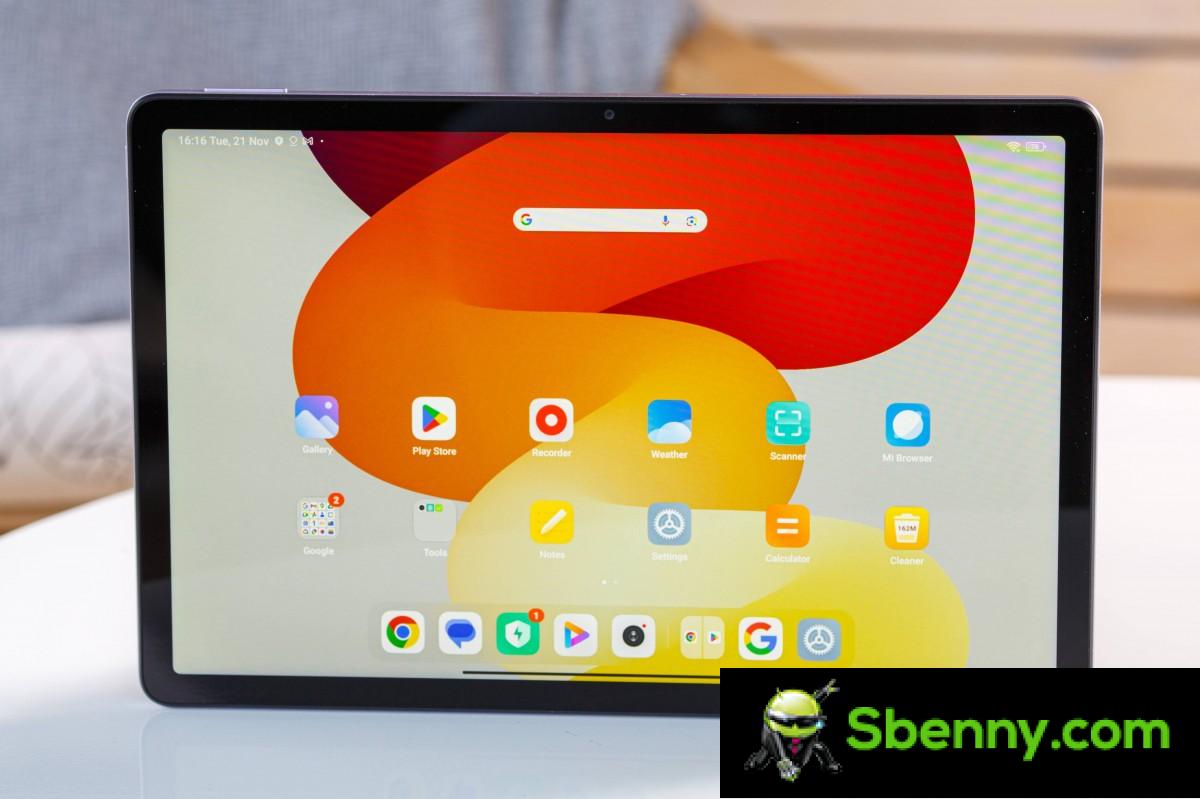
The device packs a respectable 8,000mAh battery and offers an 11-inch 90Hz LCD panel wrapped in an aluminum unibody that gives the device a more premium feel. The rather dated Snapdragon 680 SoC is the heart of the device, but this is par for the course in the world of tablets. Older SoCs are used as they are more than sufficient for normal daily tasks. After all, tablets are not suited to photography or other computationally heavy workloads. Furthermore, the Snapdragon 680 chipset proved to be quite efficient.
The specifications of the Xiaomi Redmi Pad SE in brief:
- Body: 255.5×167.1×7.4mm, 478g; Glass front, aluminum back, aluminum frame.
- Screen: 11.00″ IPS LCD, 90 Hz, 400 nits (typical), 1200×1920 px resolution, 14.4:9 aspect ratio, 207ppi.
- Chipsets: Qualcomm SM6225 Snapdragon 680 4G (6 nm): Octa-core (4×2.4 GHz Kryo 265 Gold and 4×1.9 GHz Kryo 265 Silver); Adreno 610.
- Memory: 128GB 4GB RAM, 128GB 6GB RAM, 128GB 8GB RAM; eMMC 5.1; microSDXC.
- Operating system/software: Android 13, MIUI Pad 14.
- Rear camera: 8 MP, f/2.0, (wide), 1/4″, 1.12μm, AF.
- Front camera: 5 MP, f/2.2, (ultrawide), 1/5″, 1.12μm.
- Video Capture: Rear camera: 1080p@30fps; Front camera: 1080p@30fps.
- Drums: 8000mAh; 18W Fast Charging 3.0
- Connectivity: WiFi 5; BT5.0; 3.5mm socket.
- Various: Accelerometer, proximity (accessories only); stereo speakers (4 speakers); FM Radio.
Talking about photography, the device has a basic 8MP camera on the back and a 5MP one on the back. Both support 1080p video recording, which is enough for decent quality video calls.
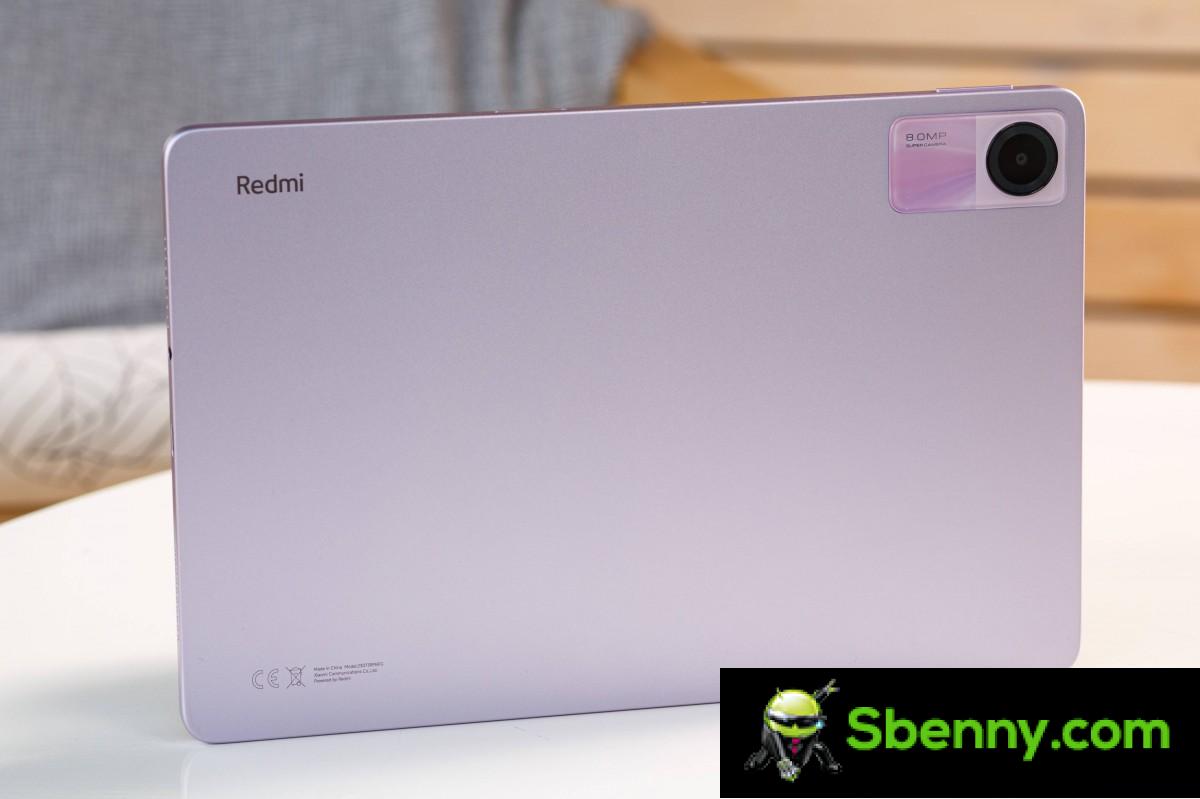
Last but not least, the Redmi Pad SE runs on the latest Android 13 at the time of announcement (mid-August) with Xiaomi’s custom MIUI Pad 14 on top. The “pad” in the name means special UI optimizations for tablets, but it’s still MIUI from every angle. So if you’re used to MIUI running on your phone, you’ll feel right at home.
Unboxing of the Redmi Pad SE
The retail packaging is pretty simple. You’ll find the usual user manuals, a USB-A to USB-C cable, a power supply for charging, and the tablet itself.
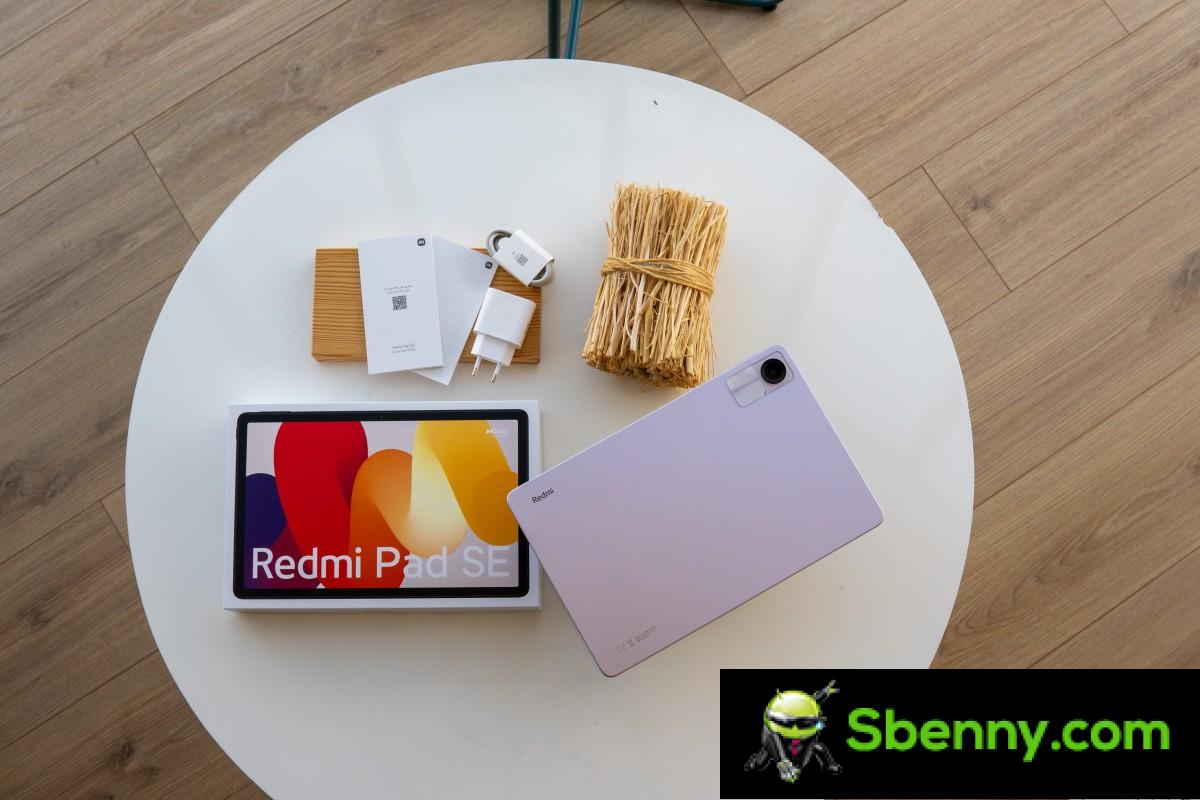
Xiaomi shipped our review unit with a magnetic cover, which is usually purchased separately. The device also supports stylus input, so you can grab the Redmi Stylus, which is another optional purchase.




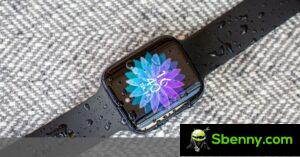
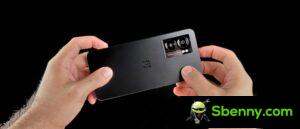
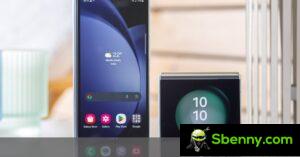
Start a new Thread